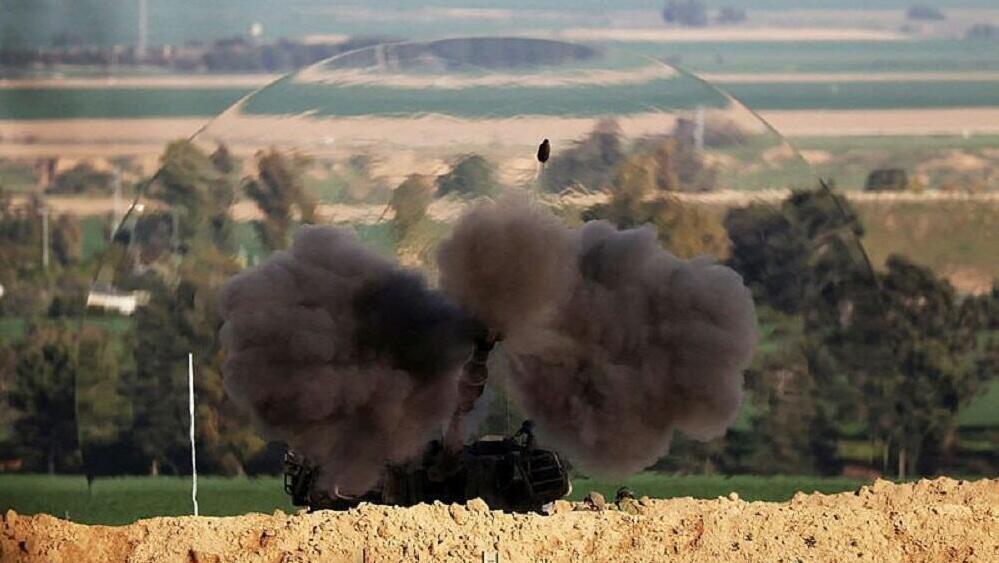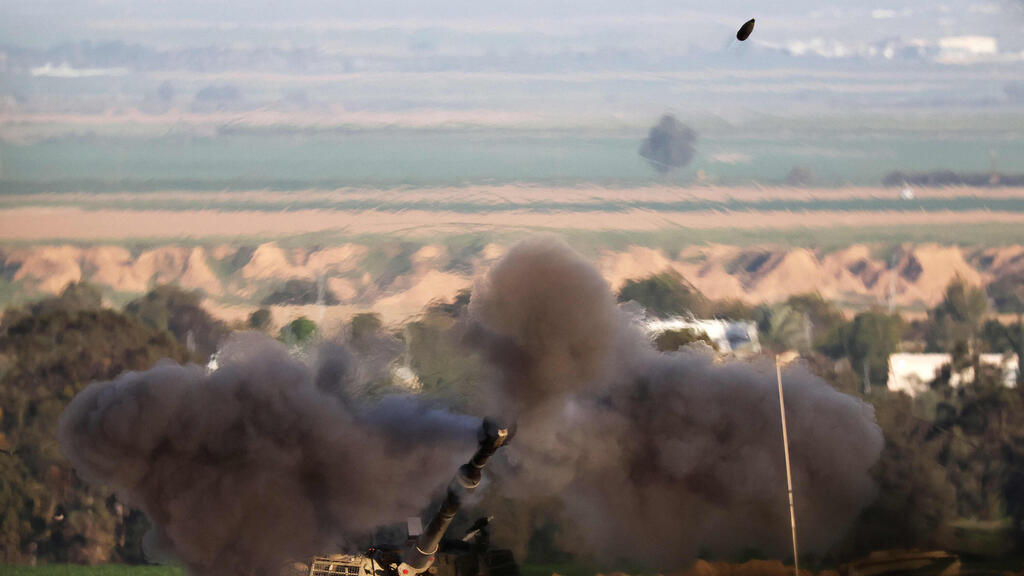IDF Artillery Corps
(Video: IDF Spokesperson's Unit)
As part of the ongoing war in the Gaza Strip, the IDF Artillery Corps operates around the clock, directing fire at targets deep within the enclave. In one of these strikes, a unique moment was captured by the camera lens, clearly showing the shockwave generated by the outgoing shell.
More stories:
"The shockwave seen in the captured image is created in the warm air as a result of the rapid movement of the shell exceeding the speed of sound." explained Prof. Benny Trakhtenbrot from the School of Physics and Astronomy at Tel Aviv University.
"We are accustomed to experiencing a very loud sonic boom generated by aircraft movement. However, what can be seen in the image is the air spreading circularly. The shell moves faster than the speed of sound, causing the hot air generated by the shell launch and its movement to spread rapidly outward, leading to the creation of the shockwave."
The shockwave is not supposed to affect the shell's flight trajectory, Trakhtenbrot explained, as it is designed to deal with it aerodynamically through its structure and construction. "The missile's structure allows it to leave the shockwave behind. Although there is friction, the shockwave does not interfere with the shell's movement, much like a very fast aerodynamically designed aircraft, which does not experience disruption to its movement (unlike passenger planes or light aircraft that may disintegrate if they exceed the speed of sound)," he said.
"During the shockwave, a division into two different areas occurs, one area where the shockwave did not reach, with conditions identical to those before the shell's launch, and another area where the shockwave did reach, characterized by high temperature, density, and pressure," Prof. Ehud Nakar from the School of Physics and Astronomy at Tel Aviv University said.
"In the image, you can see that the first area is everything outside the shockwave arch, while what is inside the arch is the area affected by it. Since light refracts when transitioning from the quiet area to the hot and dense area inside the shockwave, it appears as if there is a lens surrounding the artillery."
Nakar said it is impossible to see the shockwave with the naked eye because it moves too fast, but the camera lens did manage to capture it. He explained that as the shockwave advances and grows, its intensity decreases due to the release of a certain amount of energy dispersed over a larger amount of material.
Moreover, as the shockwave's speed decreases sufficiently, it becomes a sound wave. "Someone standing close enough to the artillery will feel a sudden rush of wind. If the shockwave is strong enough, physical injury may occur, hence strict adherence to safety instructions during firing is required," Nakar said.





